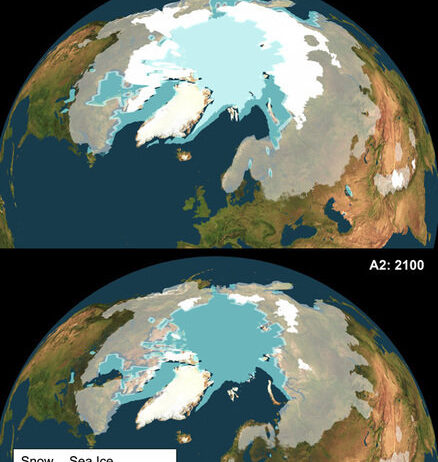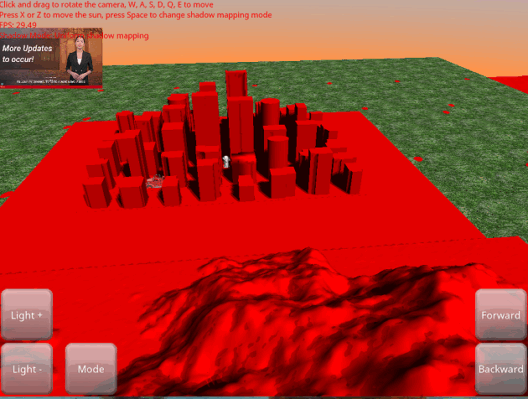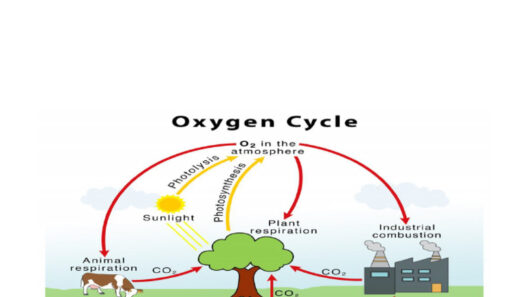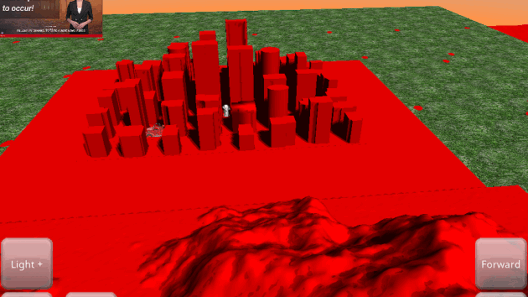Global warming and ice ages are often perceived as oppositional forces in the climate narrative—one brings warmth and the other, cold. Yet, the relationship between these phenomena is intricately woven into the tapestry of Earth’s climatic history. Understanding how global warming could potentially trigger an ice age requires delving into a paradox, one where rising temperatures might set in motion the wheels of glaciation. This exploration reveals the complexity of Earth’s climate system, where the unexpected can not only occur but happens with a startling regularity.
The engine of Earth’s climate is a complex interplay of atmospheric and oceanic currents, solar radiation, and various feedback mechanisms. Central to this discourse is thermohaline circulation, often likened to a vast conveyor belt of oceanic currents. Warm, salty water from the tropics flows northward, while cold, dense water sinks and moves southward, facilitating a balance that sustains global temperatures. This circulation is crucial for regulating climate and maintaining ecosystems across the globe. However, disruption to this velocity could lead to profound and rapid climatic shifts.
As the planet warms, ice caps and glaciers are melting at an alarming rate. This influx of freshwater into the oceans dilutes the salinity levels necessary for thermohaline circulation to function efficiently. Imagine this system as a grand orchestra; when one instrument becomes dissonant, the entire symphony suffers. Should this dilution persist, it could inhibit the northward flow of warm water and subsequently disrupt the movement of cold water, leading to a cascade of climatic manifestations.
The possibility of an ice age resulting from climate change is largely predicated on feedback loops. A critical scenario is the albedo effect, which describes how ice and snow reflect sunlight back into space. As glaciers recede, the darker ocean and land surfaces absorb more solar energy, further warming the planet. However, if significant melting occurs combined with altered ocean currents, the result could lead to cooling in specific regions, particularly in the North Atlantic. Colder waters might disrupt the flow, and the equilibrium could tip into a new glacial period.
Moreover, the Greenland Ice Sheet serves as another metaphorical pivot point in this discussion. Picture a large dam filled with freshwater. As the temperatures rise, this dam begins to break down, releasing massive amounts of freshwater into the surrounding ocean. In turn, this discharge can chill the adjacent waters, paradoxically fostering conditions that could lead to extensive cooling. The runaway melting of the Greenland Ice Sheet could begin to influence climates beyond its geographical boundaries.
Consider the abrupt climate change events in the Earth’s past, notably the Younger Dryas Period, approximately 12,900 to 11,700 years ago. In an instance that further emphasizes the inherent volatility of climate dynamics, temperatures plummeted in what is believed to be a consequence of freshwater influx into the North Atlantic Ocean from melting glaciers. A shift so severe, it temporarily reversed the warming trend of the time. This historical precedent serves as a stark reminder of climate’s potential for turbulence. It exemplifies that warming doesn’t uniformly blanket the globe; localized cooling can result from extensive climatic alterations.
Furthermore, the interglacial periods of Earth’s history, characterized by warmer global temperatures, can set the stage for future ice ages through feedback resonance. The combination of natural phenomena—orbital variations, solar output fluctuations, and volcanic activity—creates a multifaceted recipe for change. If periods of heating are punctuated by extreme cooling, it is not unreasonable to theorize that we might see similar conditions manifest today, especially when considering human-induced stressors on the environment.
Human activities are rapid accelerators of this natural rhythm. The increase in greenhouse gases and the consequent rise in global temperatures have the potential to exacerbate the delicate balance within Earth’s climate machinery. The burning of fossil fuels and deforestation not only contribute to warming but can also impact the albedo effect, shifting surfaces from reflective snow to absorbent land cover. Such transformations can incite a paradoxical change where our actions aimed at progressing society lead simultaneously towards climatic turmoil.
In contemplating the implications of these interactions, we must align ourselves as stewards rather than adversaries of nature. The vagaries of weather are reminders of our positionality within the intricate weave of ecological systems. To dismiss potential climatic outcomes as far-fetched is to underestimate the dynamism of our planet. The notion that global warming could trigger an ice age is not merely a fanciful theory but a genuine warning of the delicate balance that characterizes our world. It is a wake-up call to prioritize sustainable practices and technologies that would mitigate catastrophic fluctuations.
Ultimately, as we traverse the complexities of climate science, we must embrace the multifaceted narratives that inform our understanding. The paradox of global warming spurring an ice age serves as a compelling narrative to advocate stewardship. It underscores the essence of interconnectedness within our climate systems, where action in one sphere can precipitate disruptive effects in another. Those who dismiss the potential for abrupt climate shifts overlook the rich tapestry of Earth’s climatic history and the lessons it holds. We stand at a precipice; our choices today will echo in the climates of tomorrow.







